Is Korean tap water drinkable? Traveller's safety guide and how to choose water
The safety of tap water during a trip and how to choose water is a point of concern, especially overseas.
In order to manage your physical condition, choosing safe water is an important point that affects the comfort of your trip.
In this article, I will explain in detail the safety of tap water in Korea, bottled mineral water recommended for travelers, and how to obtain water at tourist sites.
Here's a guide on how to choose water so you can enjoy your trip with peace of mind.
Is Korean tap water drinkable?
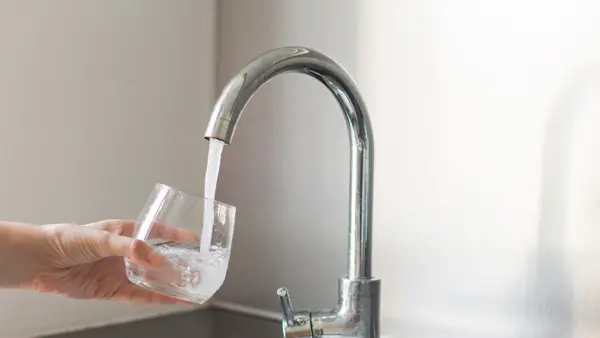
Tap water in South Korea is basically under strict government control.
In large cities, starting with the capital Seoul, water is purified to a level where it can be used as drinking water.
In particular, water treatment facilities in Korea have cleared international standards and are said to be safe to drink.
However, tourists are encouraged to use bottled mineral water.
This is because tourists are not used to Korean water, so it is common to choose bottled mineral water, which is guaranteed to be safe, especially for those with poor gastrointestinal problems.
The situation of bottled mineral water in Korea

Popular bottled water in Korea include “Samdasu (Samdas)” and “ICIS.”
You can easily buy these brands all over Korea.
In particular, “Samdasu (Samdas)” has been evaluated for its high quality both in Korea and abroad, and is known as a highly reliable brand.
The market price of bottled water
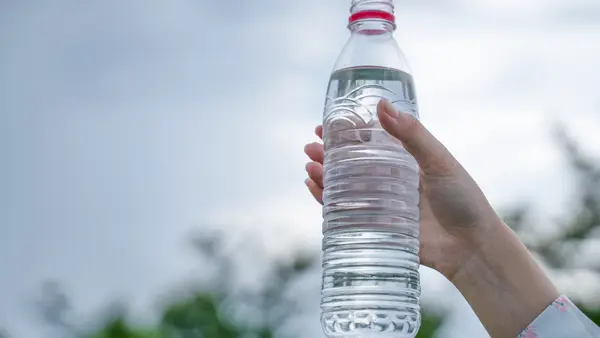
Bottled mineral water can be easily purchased at convenience stores, supermarkets, drug stores, etc., and is sold for around 500 won in 500 ml bottles.
Since it is easily available at convenience stores and vending machines around tourist spots, it is possible to carry water with you at all times while sightseeing.
Stay hydrated during a trip to Korea
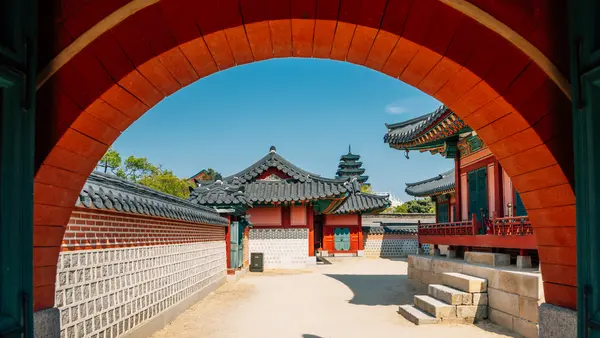
Staying hydrated is important when traveling in Korea.
In particular, summer is extremely hot and humid even in Korea, so regular water intake is essential to prevent heatstroke.
Many vending machines are installed at tourist sites, and they are easy to buy, so you can secure water with peace of mind.
Also, it is environmentally friendly and economical to bring a water bottle or bottle with an insulated water bottle and refill the water with a water dispenser.
How to use tap water in Korea and what to keep in mind
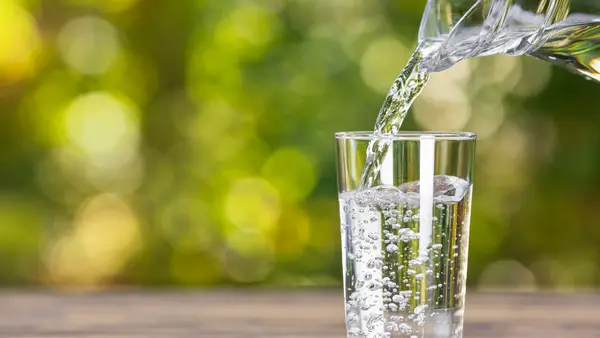
Tap water in Korea is generally used for cooking and brushing teeth without any problems when using it on a daily basis.
However, it is not highly recommended for tourists as drinking water.
It is safer to use bottled mineral water, especially for those with poor gastrointestinal problems.
Also, in old buildings and regions in Korea, piping may be dilapidated, and there is a possibility that water quality has deteriorated, so be careful.
Water in Korean restaurants

At local restaurants, water using tap water is often offered free of charge, and it is also common for this to be purified through a filter.
You can also choose bottled mineral water for safe drinking.
High-end restaurants and hotels often offer mineral water for a fee, and travelers can choose according to their physical condition and preferences.
summary
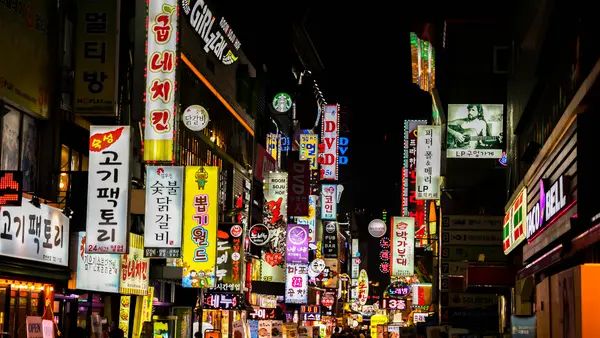
Although tap water in Korea is safe to use in urban areas, it is recommended that tourists use bottled water.
There is an environment where water can be easily obtained at major tourist sites and public facilities, so there is no problem with staying hydrated during sightseeing.
Please enjoy your trip to Korea comfortably.
Written by
- WellBe Inc.
- WellBe operating company
- WellBe Inc.
- WellBe operating company
We will disseminate information on Asian culture and travel, with a focus on Japan and Vietnam.
List of articles
